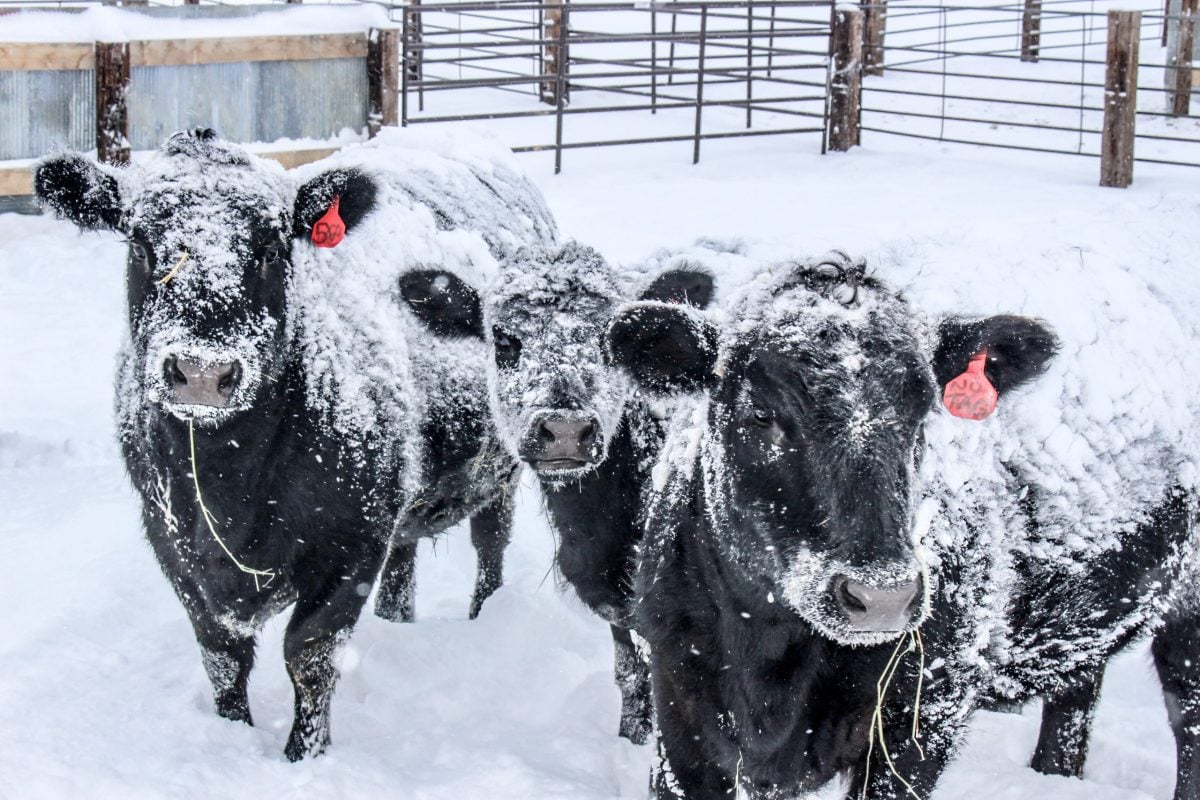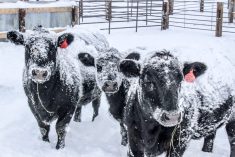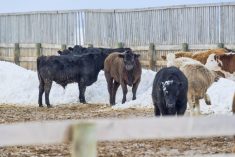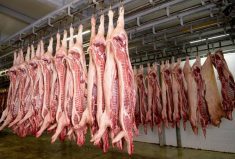Chicago | Reuters — U.S. live cattle futures gained on Friday, after four consecutive days of declines, as traders anticipated the U.S. Department of Agriculture’s monthly Cattle on Feed report.
Chicago Mercantile Exchange (CME) August live cattle futures settled up 0.475 cent at 101.325 cents/lb. and October live cattle added 0.5 cent to close at 105.1 cents/lb. (all figures US$).
For the week, October live cattle fell 1.7 per cent, the first weekly loss after five weeks of gains.
CME August feeder cattle futures settled up 0.025 cent at 142.05 cents/lb., while September feeder cattle trimmed 0.425 cent, to 142.75 cents/lb.
Read Also

U.S. livestock: Cattle rise, lean hogs mixed
Chicago lean hog futures ended Tuesday mixed while cattle made gains. Most-active February lean hog contracts closed down 0.475 cents…
For the week, September feeder cattle slipped 0.4 per cent, the largest weekly drop in six weeks.
In its Cattle on Feed report, released after the market closed on Friday, USDA said 1.8 million head were placed in feedlots in June, up two per cent from a year earlier. Analysts had been expecting a 3.8 per cent increase.
“Most of the increase in placements was in these lightweight animals,” said Altin Kalo, economist with Steiner Consulting Group. “The real worry is if we have more large animals placed on feed at a time when cattle are backed up on the front end.”
Lean hog futures pulled back on Friday, after three consecutive days of gains on the back of an increase in cash prices. The market faces pressure from large supplies.
“It just seems like some smaller packers got caught short, so they had to pay up for hogs in the cash market,” said Kalo.
August futures settled down 0.475 cent at 54 cents/lb. while October futures lost 0.875 cent to end at 50.15 cents/lb.
“It doesn’t necessarily fix the big issue the hog market has,” said Kalo. “For a brief period of time, it created a little bit of a shortage and pushed up the cash market. Futures followed suit.”
— Christopher Walljasper reports on agriculture and ag commodities for Reuters from Chicago.















